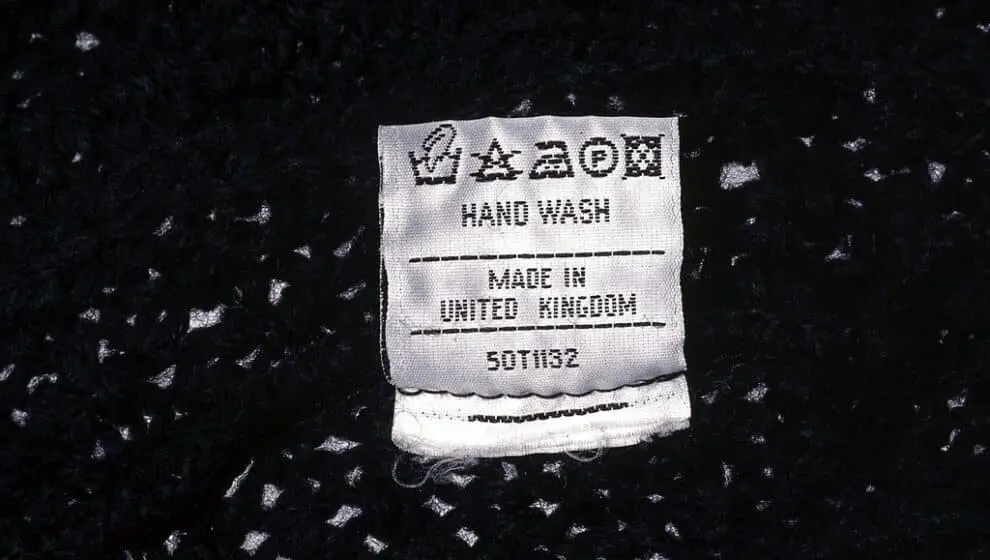QR labels containing washing and care instructions could be one way the retail industry could move away from bulky tags on clothing.
Key Details
- QR codes could soon replace bulky tags that get in the way and are often cut off clothing after purchasing.
- Scannable QR codes would contain all the washing and care instructions customers need to make their clothes last longer, Axios reports.
- Already brands like Ralph Lauren are using digital-product labels that allow customers to scan a code and look up information about the clothing at a glance.
- The rest of the retail industry is already transitioning to 2D barcodes that give customers access to product extras and details.
Why it’s news
Many current clothing labels are attached due to Federal Trade Commission (FTC) regulations, so removing them and replacing them with QR codes may not be as straightforward as one may think at a glance.
Garment manufacturers are looking to Congress and the FTC to allow QR codes to replace current paper tags. These tags contain information like care, fiber content, and country of origin, Axios reports.
With QR tags, customers could still scan the code and find the legally required information about their garment but avoid bulky and awkward tags. A digital tag would also allow businesses to update the information as needed and include information like product recalls.
For consumers, the main benefit of digital tags would be greater convenience and increased comfort. Often, tags containing helpful information are cut off of the garments after a customer makes a purchase. While this may make the clothing more comfortable, consumers may lose beneficial or valuable information about the product.
Additionally, if the shopper donates, sells, or gives away the clothing item in the future, the next wearer would have access to the information that would have otherwise been cut off.
Sellers could make labels smaller and less troublesome, solving an ongoing problem of “label creep.” Governments from various countries are increasing the regulations that require certain information to be on clothing labels. While the information may be helpful to consumers, tags are growing more cumbersome, Axios reports.
Shorthand like laundry symbols may make the labels smaller, but these symbols are little help to the millions of customers who may not know how to read them.
While the information required on these labels is ever-growing, some regulators worry that digital codes could make information access difficult for some. Not every shopper has a smartphone or access to the internet.
However, proponents of a digital tag point out that this format increases accessibility by allowing different language options and the ability to size up the font.
Ralph Lauren’s digital tag has already shown some success. More than 220 million units of its products have QR codes along with the currently required tags. So far, the company has seen a growing interest in scannable tags, with more users trying them out daily.
